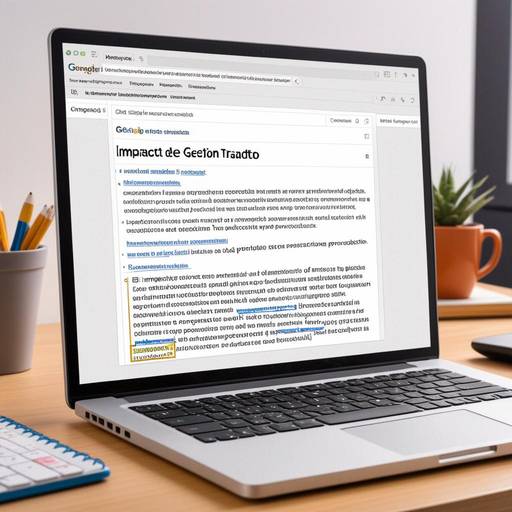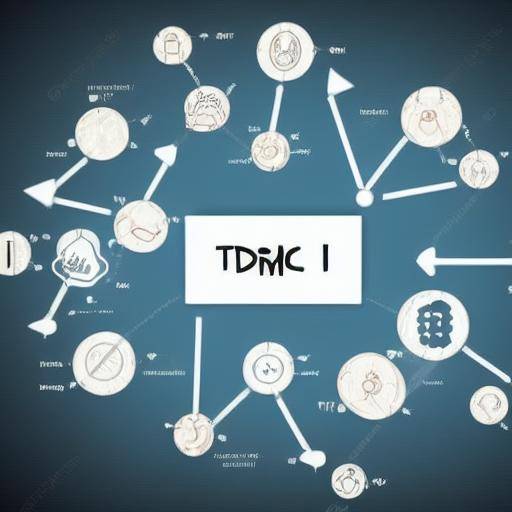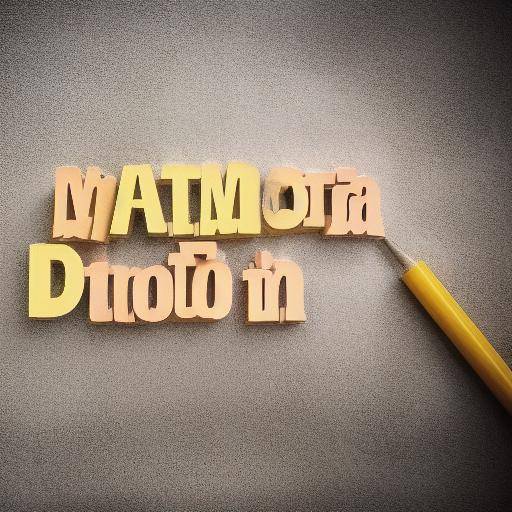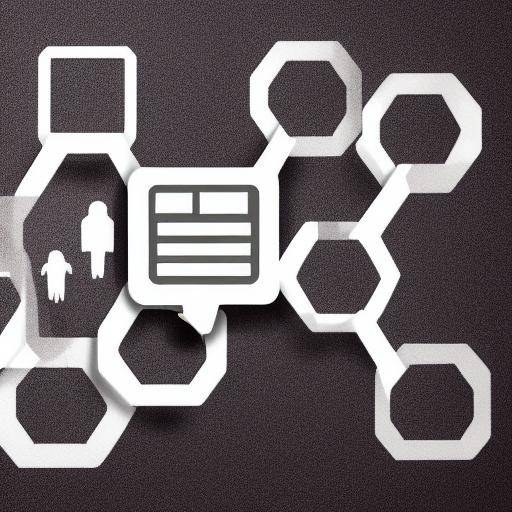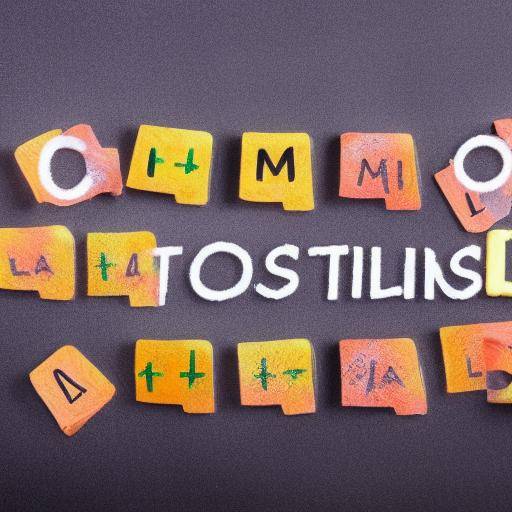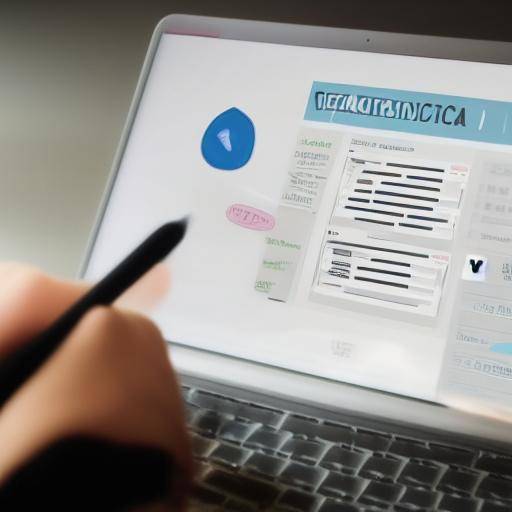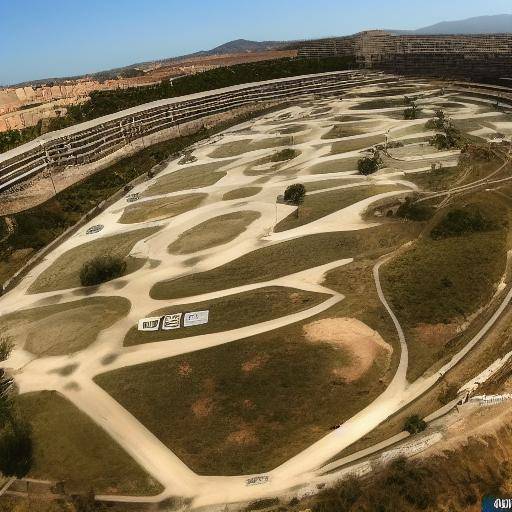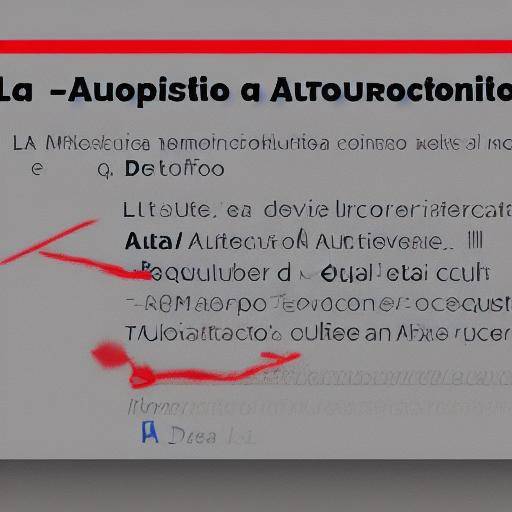
Introduction
Efficiently managing multiple projects is essential for any business or work team. With the help of project management tools, it is possible to improve the organization, increase productivity and ensure that the deadlines are met. In this article, we will explore how these tools can facilitate the management of multiple tasks and projects, providing practical advice, real examples and future trends to maximize efficiency and success in any working environment.
History and Background
Project management tools have their roots in the need to plan, organize and control tasks effectively. Since the creation of the first management methodologies, such as the PERT method (Program Evaluation and Review Technique) in the 1950s and the critical route technique (PMC), to the evolution of specialized software such as Microsoft Project in the 1980s, the project management tools have come a long way to become the advanced resources that are today.
In understanding the historical evolution of these tools, it is possible to appreciate how they have developed to address the growing complexity of multi-project management, adapting to the changing needs of organizations and working teams.
Analysis in Deep
Efficient multi-project management presents unique challenges, such as the allocation of adequate resources, accurate monitoring of progress and management of potential time-bound conflicts. Project management tools offer a wide range of benefits, such as improving team collaboration, clear visualization of tasks and deadlines, and proactive identification of possible bottlenecks.
However, there are also challenges associated with the use of these tools, such as the learning curve when adopting new technologies and the need to keep up-to-date data to ensure accuracy. It is crucial to understand both the benefits and the challenges to maximizing the potential of these tools.
Comprehensive review
The effective use of project management tools involves the implementation of best practices and adaptation to the specific needs of each project. From the traditional Gantt approach to agile methodologies such as Scrum or Kanban, each approach has its advantages and limitations. Understanding the differences between these methodologies is essential to select the most suitable for each particular project.
Comparative analysis
Compare specific management tools, such as Asana, Trello, Basecamp or Jira, can provide a detailed overview of the possibilities they offer and how they align with the needs of managing multiple tasks and projects efficiently. Each tool has its own distinctive features, user interfaces and management approaches, so it is crucial to evaluate which best suits the demands of each team and project.
Practical Tips and Accessible Tips
Using project management tools to manage multiple tasks, it is essential to implement effective practices. Establishing a clear structure for collaboration, defining roles and responsibilities, and establishing realistic time frames are key steps to ensure success in managing multiple projects. In addition, process automation, speedy change management and effective communication are practices that can optimize the performance of the equipment and the quality of the results.
Perceptions of Industry and Expert Reviews
Project management experts offer valuable insights on how to make the most of available tools. Understanding emerging trends and predictions for the future of project management allows professionals and business leaders to anticipate and adapt to changes in the job landscape.
Case Studies and Practical Applications
Specific examples of successful implementation of project management tools in managing multiple tasks provide a tangibl context. From coordinating software development projects to organizing corporate events, case studies offer a detailed overview of how these tools can transform how everyday challenges are addressed.
Future Trends and Predictions
The world of project management continues to evolve as new technologies and methodologies emerge. Artificial intelligence, automatic learning and predictive management are redefining possibilities in managing multiple projects. Understanding emerging trends and predictions for the future of these tools provides valuable insights on how to prepare for success in a constantly changing working environment.
Conclusions
In short, the effective use of project management tools to manage multiple tasks is essential for operational efficiency and the achievement of organizational objectives. In exploring history and evolution, benefits and challenges, best practices, industry perspectives and emerging trends, it is possible to gain an integral understanding of how these tools can positively impact any working environment.
Frequently asked questions
What are the main features I should look for when choosing a project management tool for multiple tasks?
When choosing a project management tool, it is crucial to consider aspects such as ease of use, customization capacity, scalability, integration with other tools and monitoring and progress reporting capacity.
How can I ensure that my team effectively adapts to a new project management tool?
Appropriate training and clear communication on the benefits and objectives of the tool are key to fostering team acceptance and commitment to the implementation process.
What safety measures should I consider when using project management tools in business environments?
It is essential to evaluate data security, protection against cyber threats and compliance with regulations such as the GDPR or HIPAA, as appropriate.
How can I determine if a specific project management tool is the most suitable for my organization?
Carrying out pilot tests, collecting user feedback and analyzing the organization's specific requirements are key steps to determine the suitability of a tool.
What are the common mistakes that I should avoid when implementing project management tools in multiple task environments?
Some common mistakes include lack of planning before implementation, underestimation of the resistance to change and lack of follow-up and continuous adjustment of the system.
What is the impact of project management tools on team collaboration and communication in multi-project environments?
Project management tools can significantly improve collaboration and communication between teams by providing a centralized platform for sharing information, updates and key documents.
In understanding these key aspects, organizations and working teams can fully benefit from project management tools to manage multiple tasks and projects effectively and efficiently.
Conclusion
In conclusion, project management tools offer a powerful arsenal to address the challenge of managing multiple tasks and projects effectively. In understanding its historical evolution, its benefits and challenges, and its potential impact in the future, it is possible to make the most of these tools to optimize performance, collaboration and innovation in any working environment.





